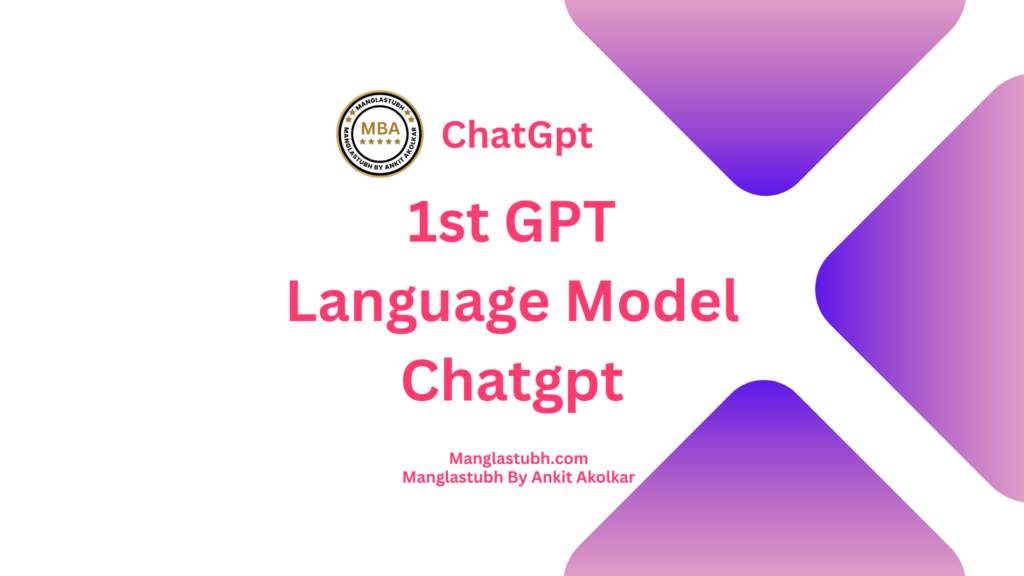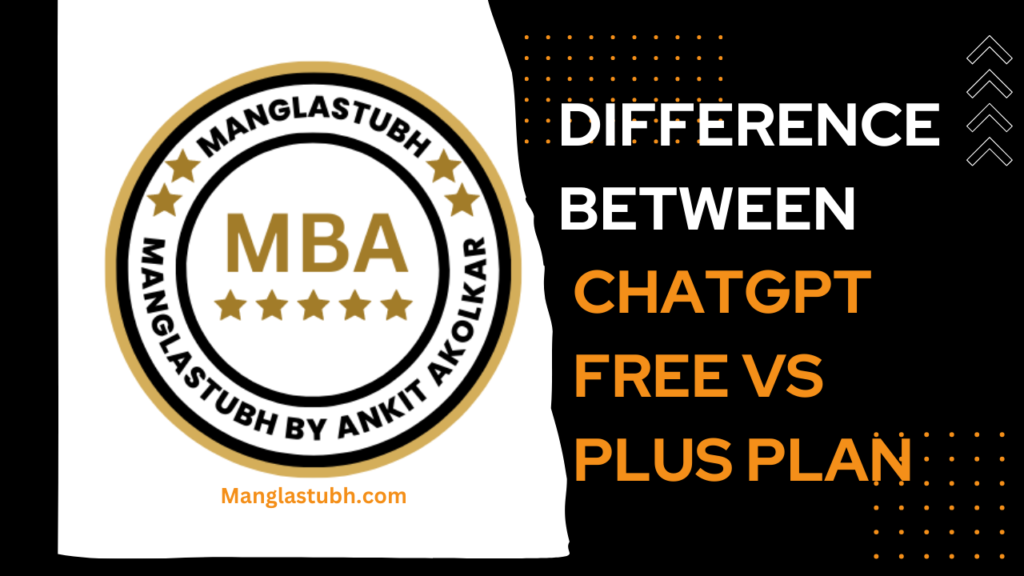Introduction
Ever since its inception, ChatGPT, developed by OpenAI, has captured the fascination of tech enthusiasts, language scholars, and the wider public alike. Its striking ability to understand prompts and create human-like responses is backed by complex technology under the hood. In this blog post, we’ll demystify the core algorithms driving this breakthrough technology, specifically diving into machine learning algorithms, Transformer architectures, and fine-tuning processes.

The Pillars of Machine Learning
ChatGPT is built on the foundation of machine learning (ML), a branch of artificial intelligence that enables systems to learn from data. The principle that underpins ML is developing algorithms that improve their performance at certain tasks over time, with increasing exposure to data.
ChatGPT employs a specific type of supervised learning called “sequence learning.” Sequence learning uses algorithms to understand and generate sequences, typically with time-series data, and it’s vital for understanding natural language. With sequence learning, ChatGPT is trained to predict the next word in a sentence given all the preceding words.
Transformer Architectures: The Backbone of ChatGPT
The most fundamental algorithm that drives ChatGPT is the Transformer model, introduced in a paper named “Attention is All You Need” by Vaswani et al., 2017. Transformers are a type of model architecture used in deep learning, more specifically in natural language processing (NLP).
The Transformer model introduced two core concepts: the self-attention mechanism and the encoder-decoder structure. Self-attention, or intra-attention, allows the model to weigh and prioritize different words in a sequence, giving more ‘attention’ to words that are more relevant in determining the next word in the sequence. The encoder processes the input data (in this case, text) into a meaningful representation, while the decoder generates output data (again, text) from that representation.
GPT: Transformers taken to the next level
Create a melody of progress, advancing our communication with machines. Let’s continue to compose this fascinating language of the future.
Manglastubh By Ankit Akolkar
GPT, or Generative Pretrained Transformer, is a version of the Transformer model that has been adapted and improved by OpenAI. The “pretrained” part of GPT refers to the use of unsupervised learning to pretrain the model on a large corpus of text data from the internet.
GPT-4, the latest version as of 2023, like its predecessors, is an autoregressive model, meaning it generates sentences word by word from left to right. It does this by always predicting the next word based on the previous words it’s seen in the current sentence and the larger context of the conversation. The strength of GPT lies in the scale of its training – it’s exposed to diverse sentence structures, ideas, and languages, enabling it to generate incredibly diverse and nuanced responses.
Fine-tuning: The cherry on top
Fine-tuning is a process that involves training the model further on a more specific task. For ChatGPT, this task is text completion. Fine-tuning involves providing the model with pairs of prompts and responses and using these pairs to fine-tune the model’s parameters.
Fine-tuning is supervised learning, where each word in the response is used as a label for the prediction made by the model using all the previous words in the prompt and response. Through this, the model learns to generate appropriate and contextually accurate responses.
Limitations and Future Developments
Despite its impressive capabilities, ChatGPT has its limitations. For instance, it does not have a concrete understanding of the world and lacks the ability to reference knowledge beyond its training cut-off. Also, it sometimes writes incorrect or nonsensical information.
Future developments in the GPT architecture and training process are likely to focus on these issues, possibly incorporating more sophisticated methods of knowledge representation, reasoning abilities, and interactive learning.
Conclusion
In conclusion, the core algorithms that drive ChatGPT involve a blend of machine learning principles, the revolutionary Transformer model, and the process of fine-tuning. Together, these elements bring to life a sophisticated language model that can carry out text-completion tasks with remarkable human-like flair. With constant research and development, we can only expect these algorithms to become more advanced and the resulting AI to be more impactful. It’s truly an exciting time for AI and NLP.
FREQUENTLY ASKED QUESTIONS
What type of machine learning does ChatGPT use?
What is a Transformer model in the context of ChatGPT?
How does the self-attention mechanism work in ChatGPT?
What does “GPT” stand for and what does it mean?
How does GPT generate sentences?
MORE FAQ
What is the fine-tuning process in ChatGPT?
What are some limitations of ChatGPT?
What might future developments in GPT focus on?
How does ChatGPT compare to human communication?
How does ChatGPT contribute to the field of AI and NLP?
Core Algorithms Behind ChatGPT: A Deep Dive. Manglastubh By Ankit Akolkar. Search on Google Free Online Courses. Free SEO Tools.

Welcome to Manglastubh By Ankit Akolkar. Manglastubh website is designed and developed for all kinds of Knowledge-Based Blogs and Articles. Everyone will gain knowledge over here from this website.



